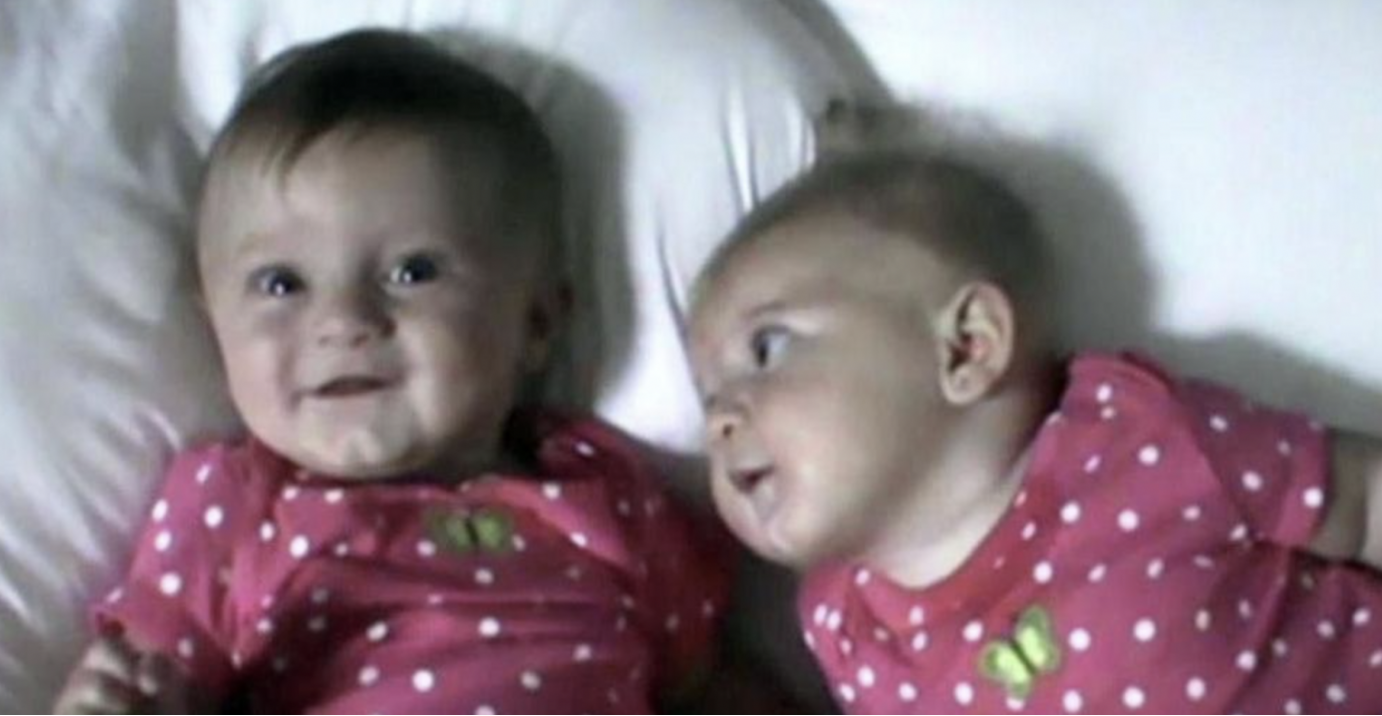These adorable twin comedians will steal your heart. Make sure you’re ready to laugh before you read any further because this video posted to YouTube in 2015 shows just how funny twins can be. And while we can’t seem to trace the origin of the original video, we found it on the internet and loved it.
Be sure to reach the end of this article to see the full video 🙂

The baby girl on the left likely thought this would be an innocent nap. She was so wrong. Her sister seemingly couldn’t resist the chance to make her laugh. Every time the girl on the left stopped giggling, her sister acted up. The baby girl on the right kept making funny noises until her sister laughed out loud.
How did mom hold in the laughter while she was filming? Have you ever seen such a young comedian? What’s this girl going to get up to when she’s older? Hopefully, her sister will always be there to laugh at her jokes! This must be a regular routine for the siblings. This mom probably knew to have her phone at the ready as soon as she put the babies down for their nap.
What kind of jokes did your babies play when they were this little? Do all tiny tots make such adorable noises?
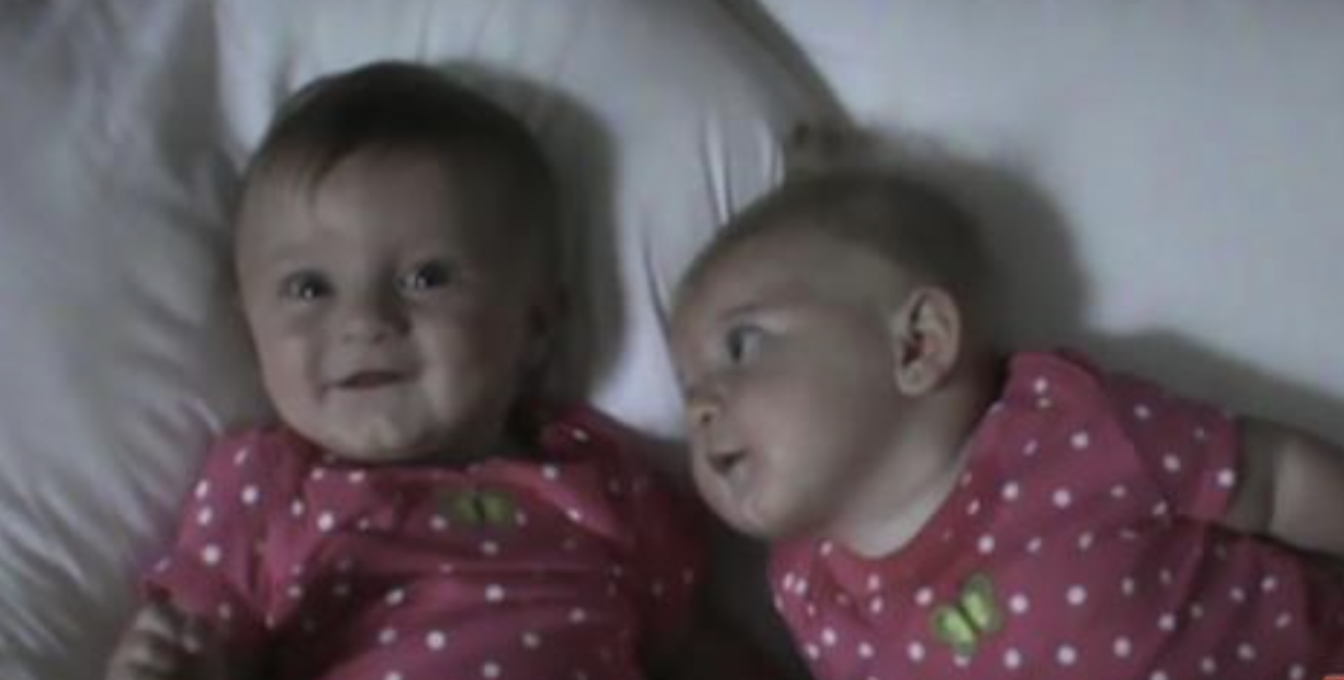
There’s no telling what the future holds for these cute twins. Did you know that twins don’t always get along? It’s true. Many twins, triplets and other multiple suffer from sibling rivalry.
Think about it for a second. Did you ever struggle to get Mom or Dad’s attention when you were growing up? Now imagine you had a brother or sister the exact same age as you! Luckily, these adorable baby girls are off to a strong start with their relationship. Hopefully, they’ll focus on making each other laugh as they grow up.
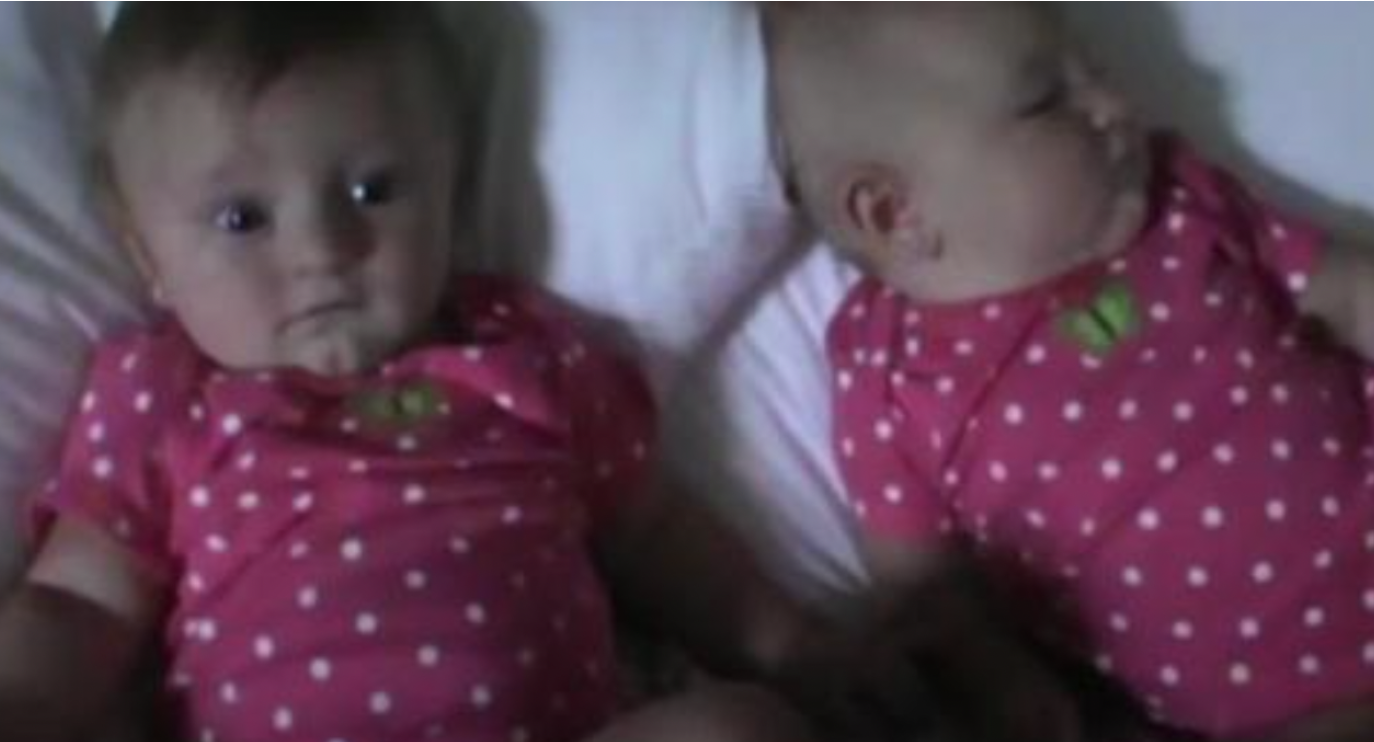
But why, you might ask, do humans laugh at all? And how do babies know how to laugh as soon as they are born? It turns out that the answers to these questions and the science behind laughing are fascinating.
Philosophers, scientists and early thinkers have speculated about laughter and humor for thousands of years. According to Scientific American, one of the oldest theories of laughter comes from Plato and other Greek philosophers. The Greeks, Scientific America explains, thought that humor and laughter were the result of either feeling superior due to others’ misfortunes and due to earlier versions of oneself.
More than 2,000 years later, the Austrian psychoanalyst Sigmund Freud popularized another explanation — the theory of release. Freud and earlier thinkers from the 18th century reasoned that people laughed in order to let off steam, according to Scientific America’s research. Freud would say, for example, that that’s why vulgar humor is so funny to some people. Making a toilet joke allows us to release pent up energy, which we express through laughter.
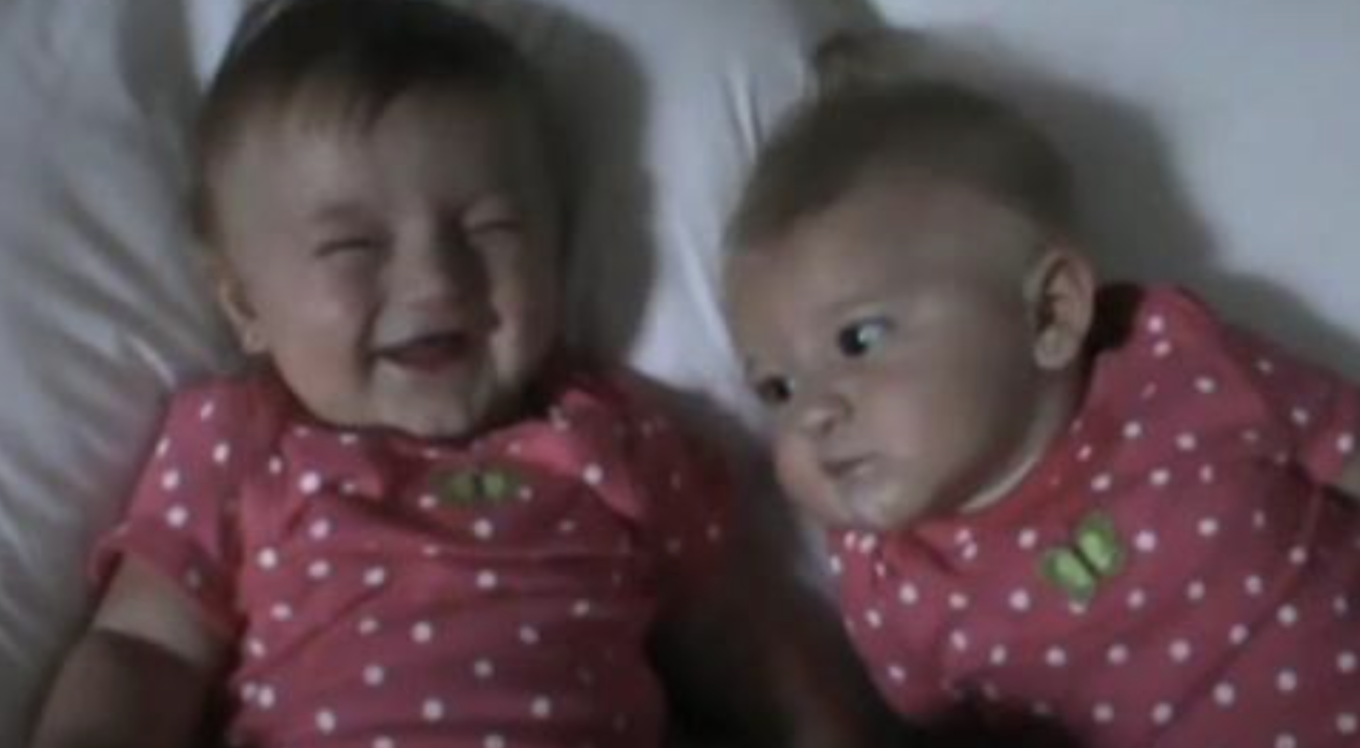
Finally, the magazine proposes the notion of incongruity. When two things seem out of place or don’t match up, then they are humorous to us. One take on this theory of laughter is that laughing occurs when the person has found a solution to this discrepancy.
A more modern take on humor, as Scientific American points out, comes from Matthew M. Hurley’s book “Inside Jokes: Using Humor to Reverse-Engineer the Mind.”
“Humor is related to some kind of mistake,” Hurley explains. “Every pun, joke and comic incident seemed to contain a fool of some sort — the ‘butt’ of the joke.”
Laughter, Hurley argues, expresses our enjoyment of mistakes, our “emotional reward for discovering and thus undoing mistakes in thought. “We don’t enjoy making the mistakes,” he continues, “we enjoy weeding them out.”
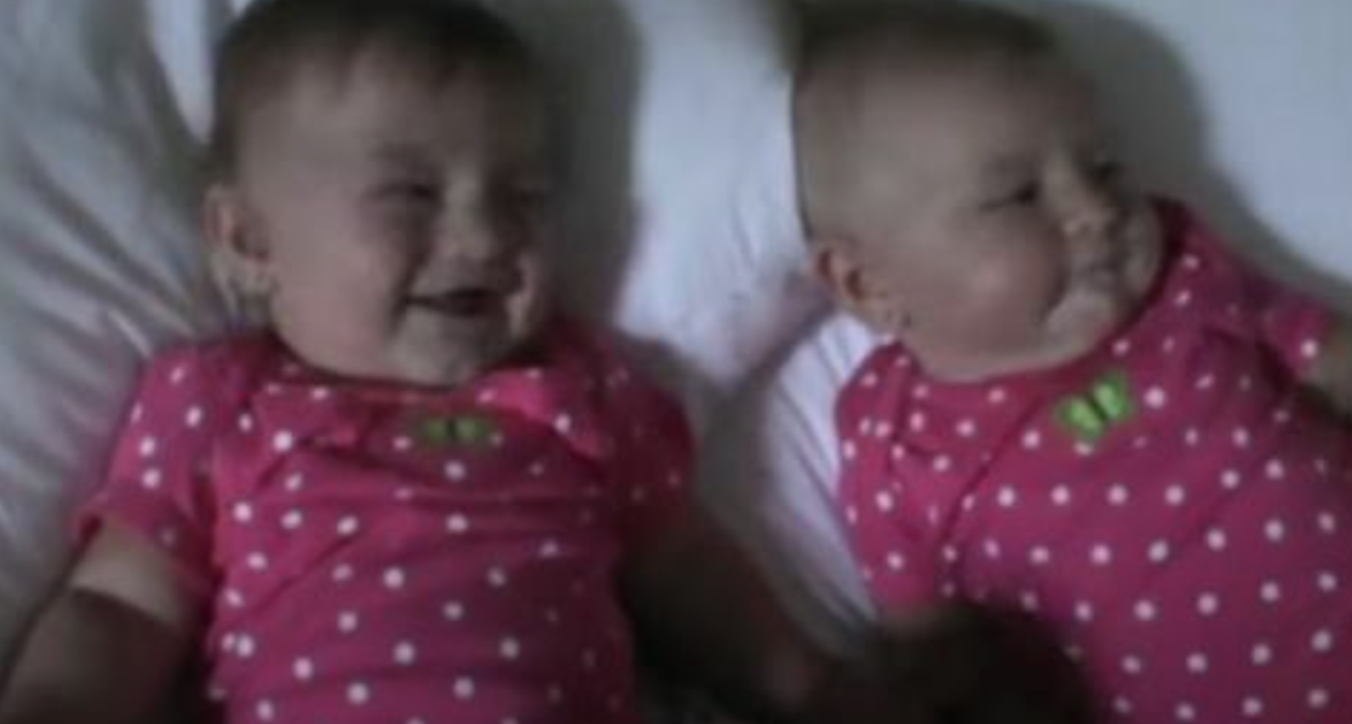
But what is lacking from many of these explanations is why babies, like the ones in the video below, laugh. This is especially baffling since it’s hard to imagine them giggling after solving some discrepancy or at earlier versions of themselves, as some of the above explanations claim. After all, they haven’t been around that long!
Getting to the bottom of these fascinating questions is precisely what Caspar Addyman from Goldsmiths, University of London is investigating in his research.
“I’m fascinated by babies’ laughter because it gives us a glimpse into what they’re thinking and what they understand about their world,” Addyman told the BBC.
Addyman, who is a leader in child development and laughter research, speaks to parents from across the globe about their babies’ habits in order to explore this intriguing phenomenon.
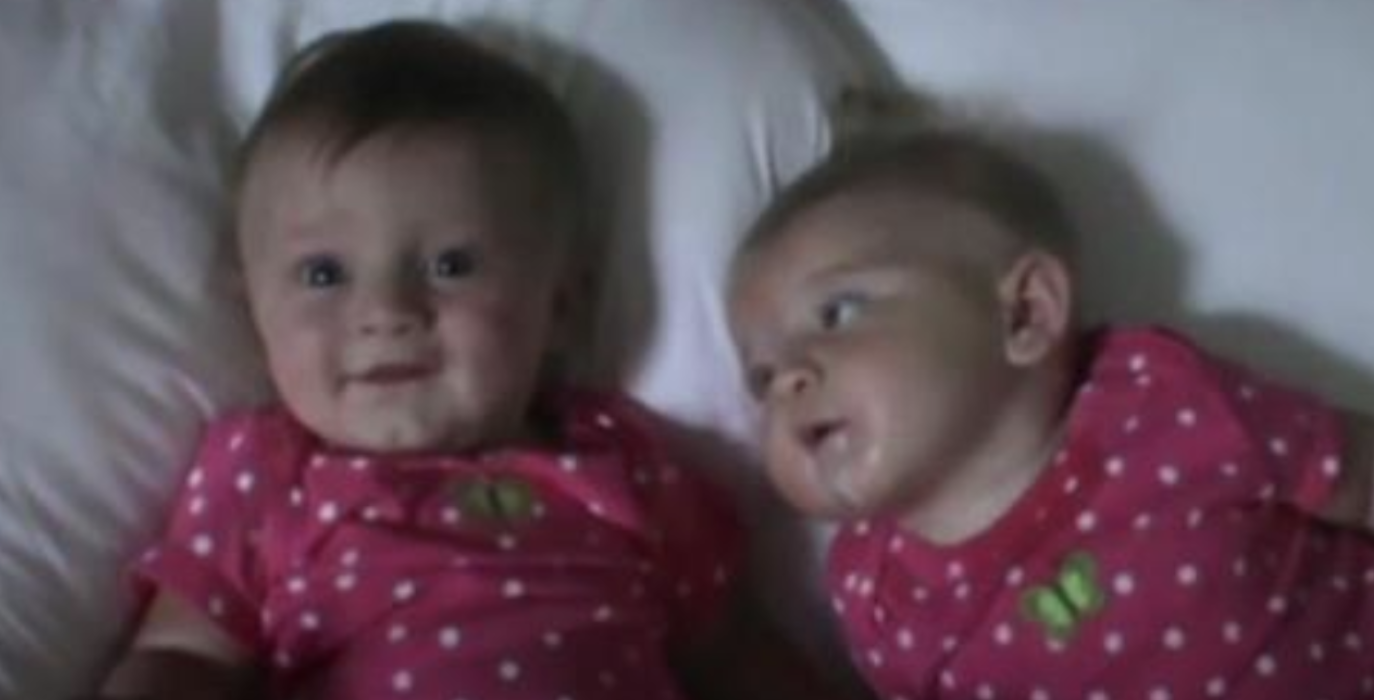
For example, Addyman discovered with his team that a baby begins smiling at six weeks while their first laugh usually comes after three and a half months. Addyman argues that a baby’s laugh is largely social. A tickling sensation and a sudden disappearance (e.g. Peekaboo) aren’t funny by themselves. Rather, they are only funny when babies realize that “an adult makes these things happen” for them, according to the BBC article on the topic.
“Obviously, we mustn’t overlook the fact that laughing is a highly social experience,” Addyman explains in an interview with RedOrbit. “Research on adult laughter finds that the majority of our laughter is provoked by social interaction rather than events that are inherently funny or amusing. Laughter acts like social glue. Babies can smile and laugh long before they can talk and this is clearly important to their bonding with their caregivers.”
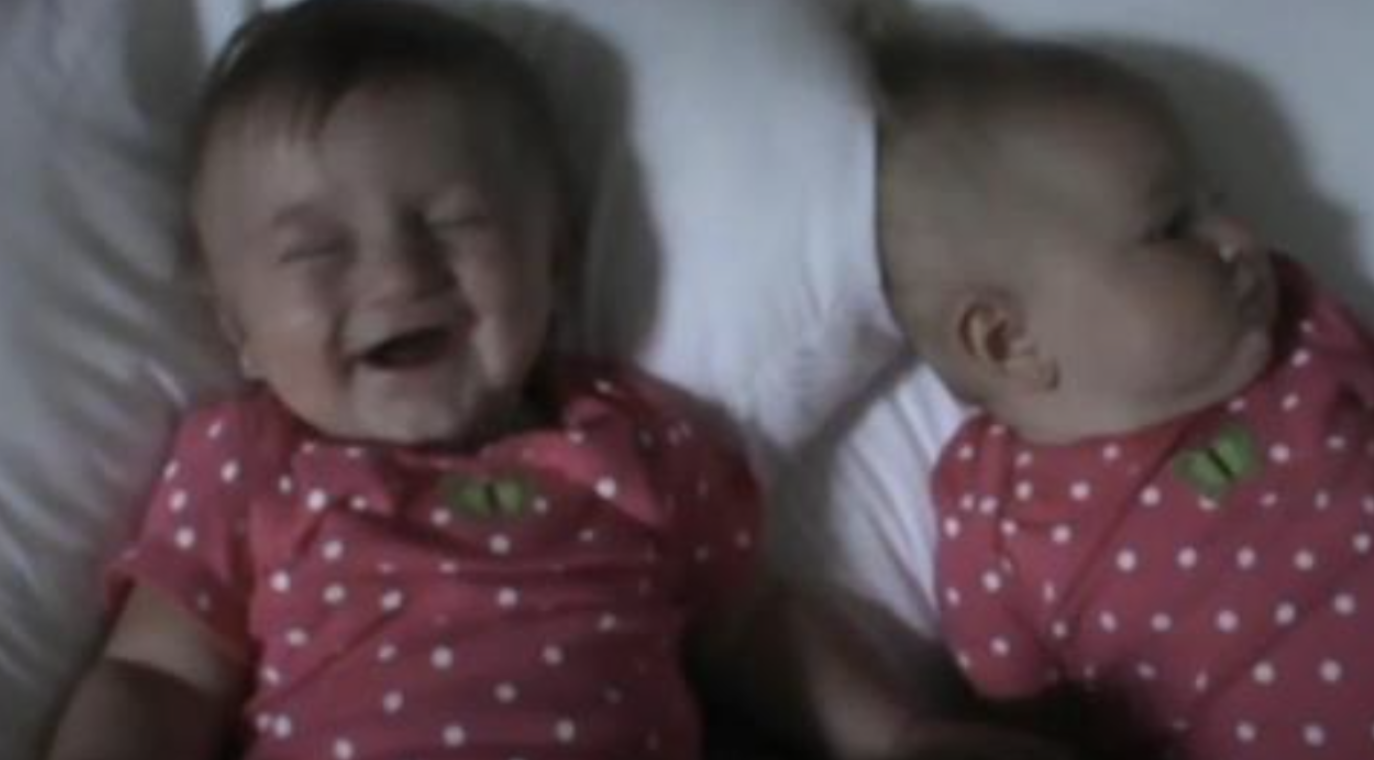
As the BBC article points out, Addyman’s research seems to disprove Freud’s theory of laughter. At the end of the day, laughter is social, he would argue, and not necessarily a way to make fun of others’ misfortunes or to blow off steam.
This is at least partly apparent in the video below. This youngster on the left seems to laugh completely unprovoked, apart from the noises her twin sister makes. But using Addyman’s understanding of humor, one could argue that the baby is laughing not because of the noise itself, but because she realizes that her twin sister is responsible for this noise. In this way, the laughter is social; it’s a way to bond with her sister, another being that she’s just come to recognize.
Please SHARE this with your friends and family.
